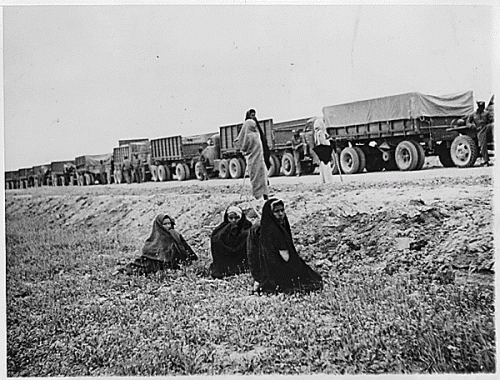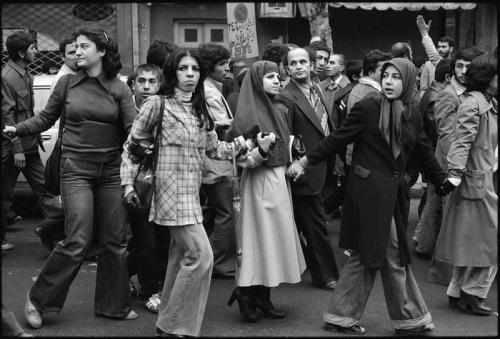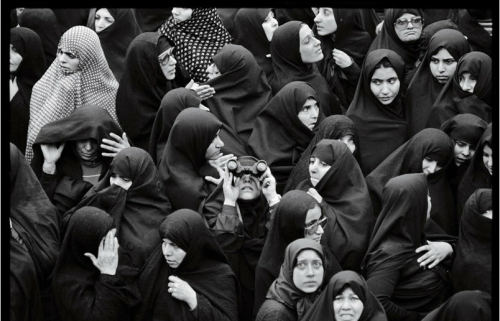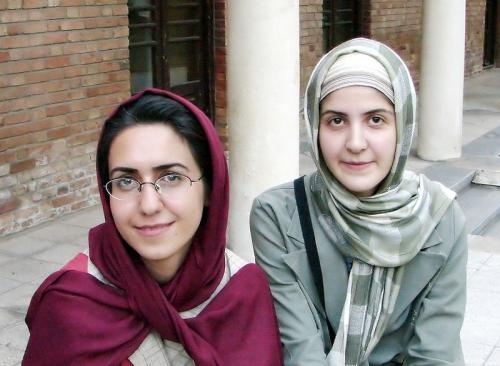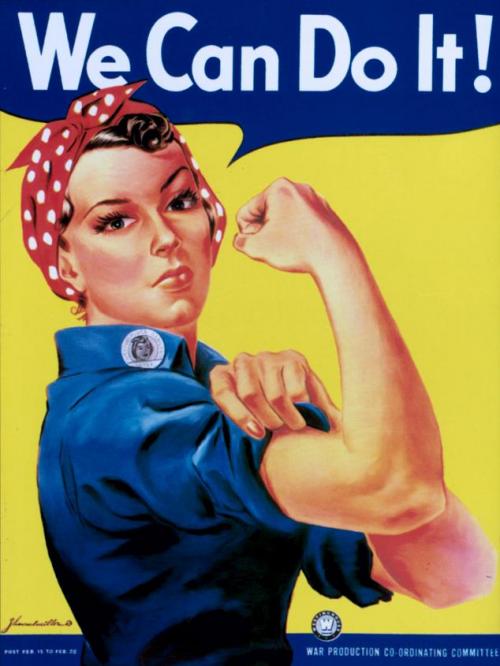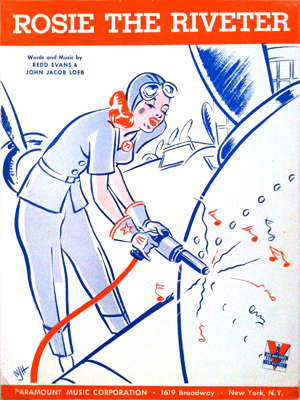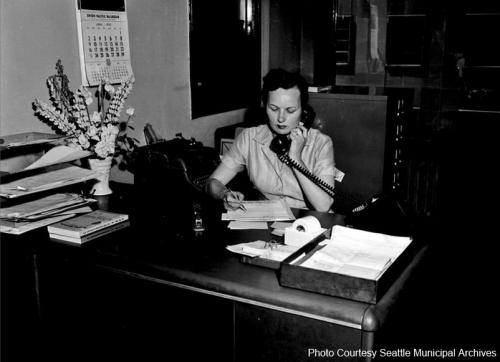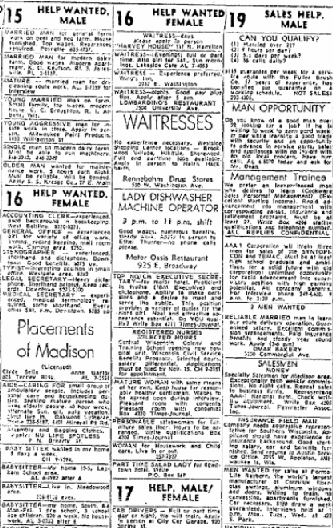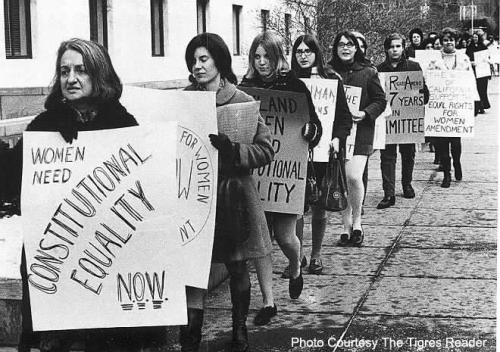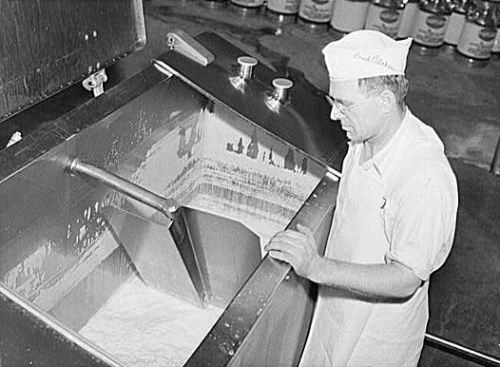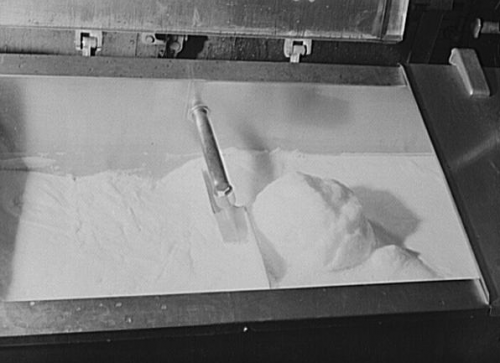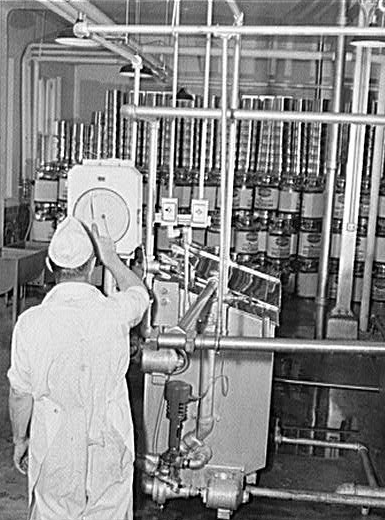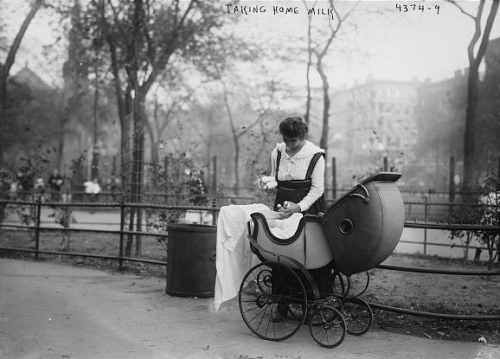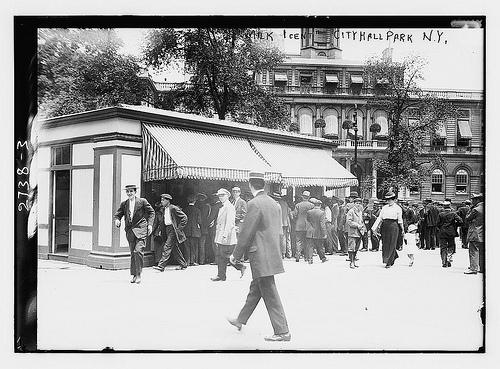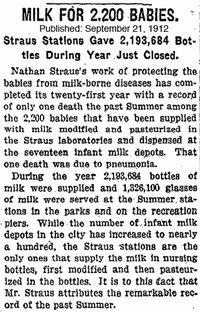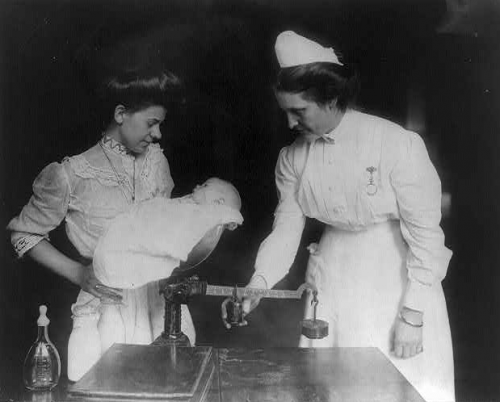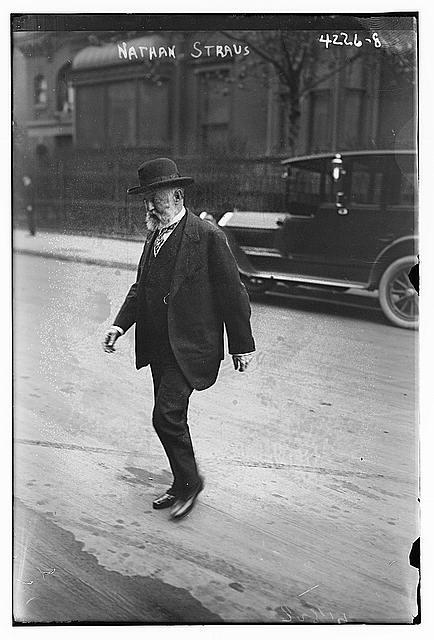by Kacey Manlove
Read the Full Research Paper
Primary and secondary sources
Images, primary and secondary sources

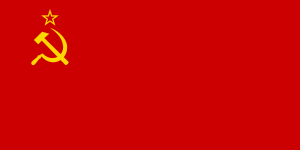
The flag of the People’s Republic of Kampuchea (left). Notice the close resemblance to the USSR flag (right).
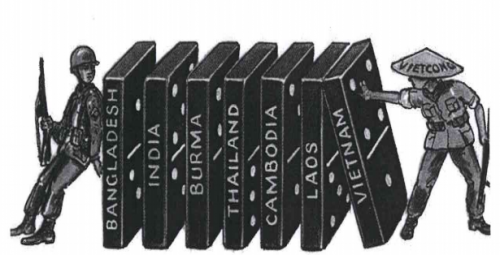
The Domino Theory in South East Asia. (Photo courtesy of Kacey Manlove)
Marxist experiments were conducted in countless countries during the course of the twentieth century, and Cambodia was no exception. Kacey Manlove chronicles Cambodia’s transformation from a neutral country during the Vietnam War to a totalitarian state led by Pol Pot’s brutal Khmer Rouge communist party in the years after American defeat in South Vietnam. She shows how the Khmer Rouge in the late 1970s looked to Mao’s China and Stalin’s Russia in search of social, political, and economic models to implement on Cambodian soil, and how the United States played an active role in defending and protecting Pol Pot’s regime despite its visibily brutal nature.
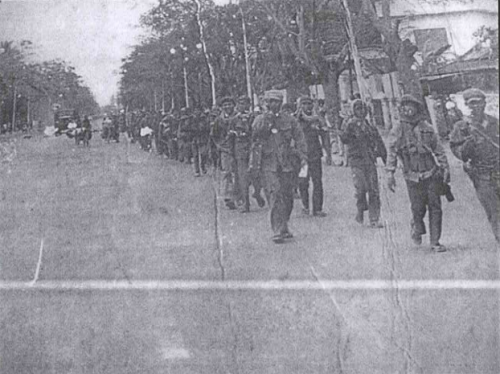
Khmer Rouge forces marching into Phnom Pen on April 17, 1975 under Pol Pot’s leadership. (Image courtesy of Kacey Manlove)
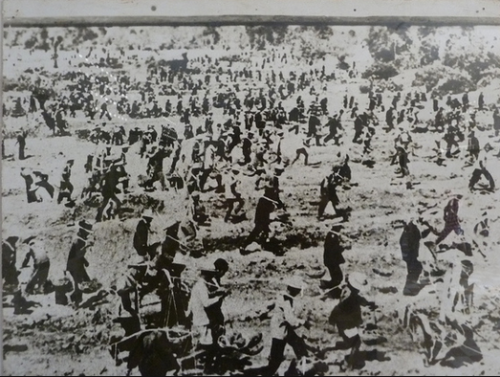
A Cambodian labor camp. (Image courtesy of Flickr Creative Commons)
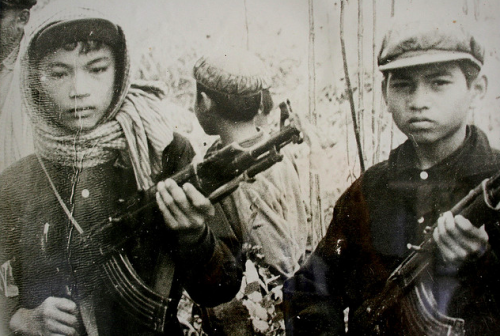
Child soldiers in Pol Pot’s army. (Image courtesy of Flickr Creative Commons)
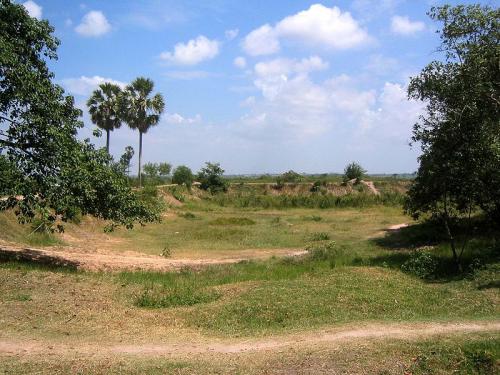
Contemporary image of a Khmer Rouge shooting field. (Image courtesy of Wikimedia Commons)
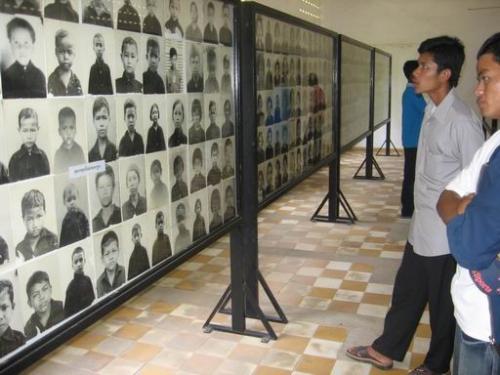
Museum visitors view photos of Khmer Rouge victims. (Image courtesy of Wikimedia Commons)
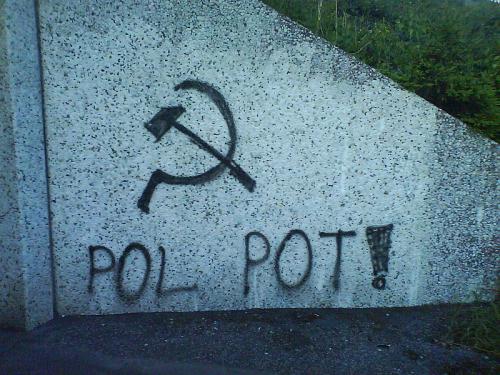
(Image courtesy of Wikimedia Commons)
Individual Historical Paper (Junior Division)
Teachers: Suzanne Ransleben & Jessica Janota
